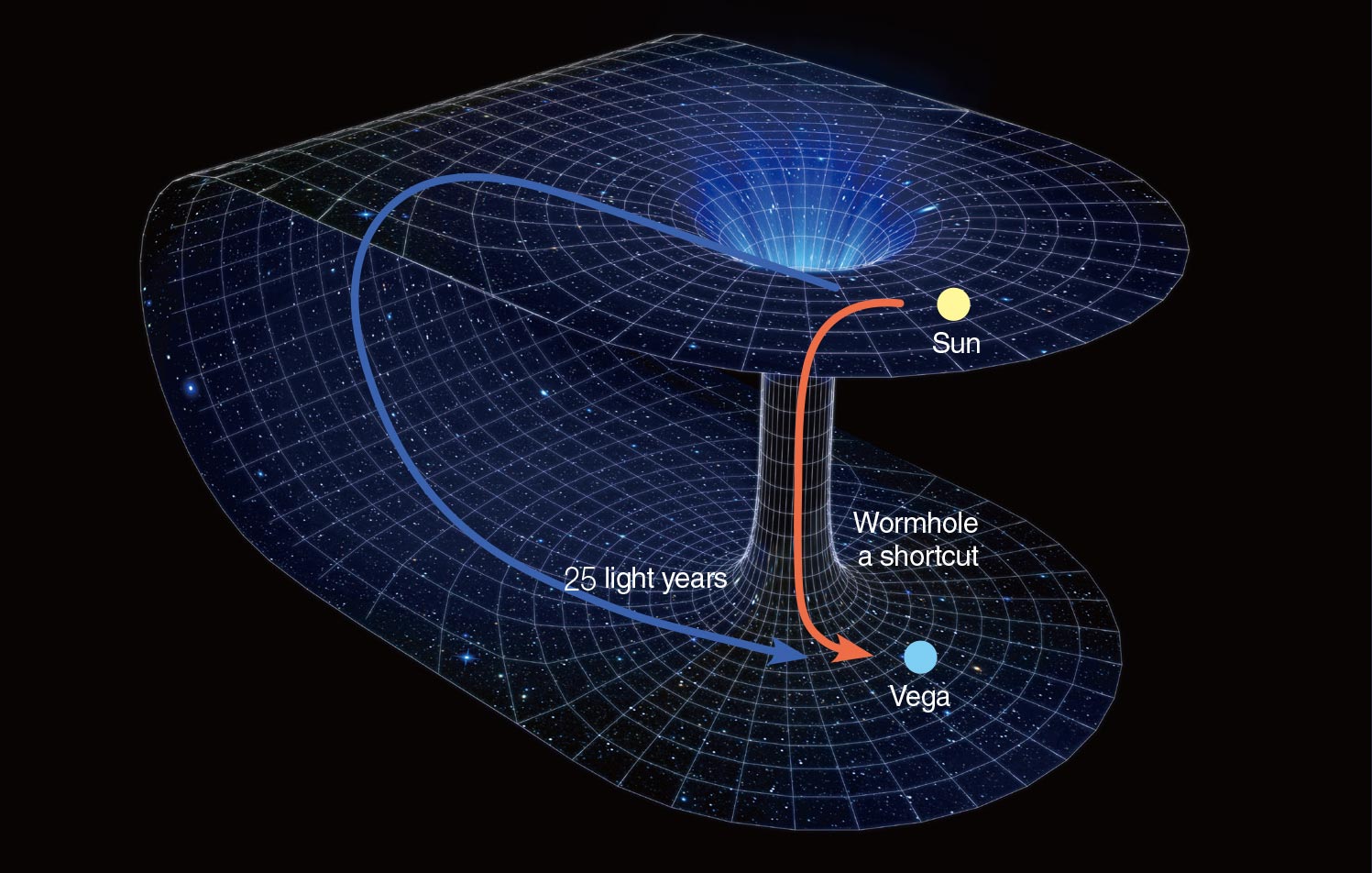
When we see a view or scenery that we don’t see that often, we cannot help but exclaim. When we see something new and beautiful, we feel like our minds and bodies are recharged. We can blow away stress and boredom from our repeated daily life, seeing a different world. This is why we go on a trip. This must be the reason people climb up the mountain although it is not easy and want to see auroras in the cold polar regions. However, there is something that stirs the hearts of people even more than this scenery of the earth—the universe.
The universe where light and darkness coexist is a space of creation where new things are made, and it is where unknown worlds beyond our imagination coexist. That’s why the pictures of the universe capture our hearts. What kind of place is the universe where there is eternal time and space?
The universe with vast space and eternal time
Voyager 1, which was launched in 1977, reached the end of the solar system after several decades of a long flight. “Voyager 1 has left the solar system and entered interstellar space.” This is an official announcement made by NASA in 2013. It took almost 40 years to leave the Solar System, which is only a very tiny part of the universe. It is an event that can let us fathom the size of the universe a little.
Not only that, but it is said that it will take almost 100,000 years for Voyager 1 to reach Proxima Centauri which is the closest star from the Sun.1 It takes more than four years even at the speed of light to reach this star from Earth. There are hundreds of billions of such stars in our galaxy, and there are hundreds of billions of galaxies in the universe.
1. The flight speed of Voyager 1 is approximately 60,000 km/h.

Then how big is this universe? This was the greatest topic in the scientific field until the early 20th century. In 1929, Edwin Hubble discovered that galaxies were moving away from each other at a very fast pace while he was observing starlight coming from the galaxy on the other side of the universe. As a result of precise observation, it was confirmed that the more distant a galaxy is, the faster the distance grows away. This means that the universe is expanding like a balloon, and from this important fact astronomers were able to deduce the age and the size of the universe. Currently, the universe is known to be about 13.7 billion years old and about 13.7 billion light years in size. Moreover, the edge of the universe is expanding at the speed of light. This means that there is actually no way to measure its size.
It is also very interesting that the universe we are observing now is not the image of the present universe. For example, the light emitted by the Sun takes about eight minutes to reach Earth. Therefore, the Sun we see now is the Sun about eight minutes ago. The current image of Andromeda, which is the closest galaxy from our Milky Way that is about 2.5 million light years away, is also from 2.5 million years ago. Like this, these beautiful images of the universe are all images from the distant past.
In April 1990, to observe the universe, NASA sent the Hubble Space Telescope, state-of-the-art equipment, out to space on the shuttle Discovery. The photographs taken and sent by the Hubble Space Telescope contained images of the universe beyond imagination. Among them, there was a picture that surprised the world. It was the Hubble Ultra-Deep Field.

Tens of thousands of galaxies were captured in this picture of a dark and tiny area which is only one tenth of the full Moon. The distance from Earth to these galaxies ranges from 5 billion light years to 10 billion light years. This means that the galaxies in these pictures are from 5 billion to 10 billion years ago. Considering that the age of the universe is 13.7 billion years, it shows relatively the early stage of the universe. Like this, the vast universe is a mysterious space where the past and the present coexist. The fact that you can see the past through the universe is truly amazing.
The mysterious universe and another world
There are many stars and galaxies in outer space that have survived for such a long time that can be compared to eternity. Stars are born from the gases and dust that are in the vast universe. These matters are gradually pulled by the gravity and are developed into nebulas and protostars, and the temperature keeps rising to 10 million Kelvin2, which is absolute temperature. Then stars are finally formed through the nuclear fusion reactions. The birth of a single star takes tens of millions of years. The stars that are born like this have a lifespan from a few hundred million years to ten billion years. The Sun, which is currently about 5 billion years old, can live for another 5 billion years.
2. Absolute temperature is a temperature that does not depend on the specificity of a substance, and the unit is K (Kelvin). Absolute temperature has the same gradations as Celsius, and it is 273.15 ℃ higher than Celsius. Therefore, 10 million K is about 10 million℃.
When stars reach the end of their life, they enter the final stage of which a representative example is the black hole. A black hole, which has been transformed from a huge star, is very dense and absorbs even the light with tremendous gravity. Due to the strong gravity, space and time near the black hole are distorted. For this reason, astronomers assume that a black hole is a completely different space from what we imagine. A white hole or a wormhole3 which are inferred by the black hole are assumed to be a gateway to a galaxy of another level of time and space and dimension although their existences haven’t been proven yet.
3. If a black hole is a celestial body that sucks in all matter and even light, it can also be predicted that there are celestial bodies that emit matter and light on the contrary. This is called a white hole, and a tunnel that connects a black hole and a white hole is called a wormhole. However their existences are still unclear.

From the ancient times, mankind has been interested in time travel. This is not theoretically impossible if we could travel faster than light. Simply put, the light that contains past scenes must be traveling somewhere in the universe, and if you can only catch that light, you will be able to see the past.
As it was explained earlier, the universe that we see now is the universe of the past. Likewise, seeing Earth from a far distance is like viewing Earth’s past. It is not just a vague imagination to go against the time flow in the universe where there is infinite space. Maybe somewhere on the other side of the universe there might be a world of another dimension that we can’t even feel or imagine.
The beautiful astronomical images of galaxies, nebulae, and clusters stimulate our imagination. The universe where there is a festival with brilliant lights of different colors! Will we ever be able to go there? What is there? These are thoughts that everybody might have at least once while looking at the universe.
It has only been a few decades that mankind could see clear and beautiful pictures of the universe. Of course, it must be the result of the development of scientific technology and of observation equipment and production technology, but it also means that it is time that we can turn imagination into reality. It takes only a moment for our hope to turn into reality; it is not impossible at all.